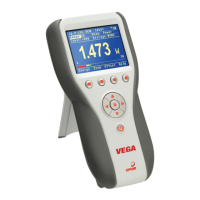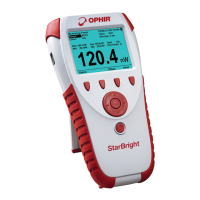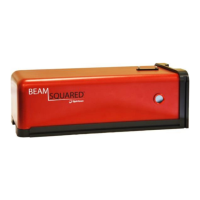Why does my OPHIR vega Measuring Instruments show zero reading?
- JJulie HenryAug 2, 2025
If your OPHIR Measuring Instruments display shows a zero reading in both power and energy modes, you should check the connections between the sensor and the instrument. Also, verify that the sensor disc is operative by checking the resistance between pins 1 and 9 of the sensor connector, which should be around 11k. If the sensor is defective, there will be an open or short circuit.




